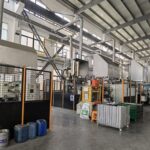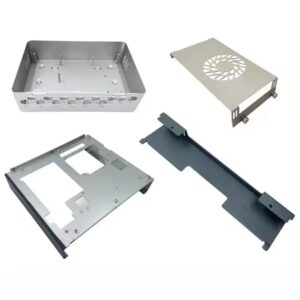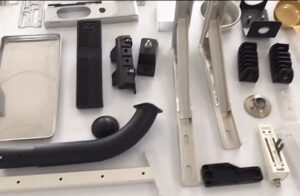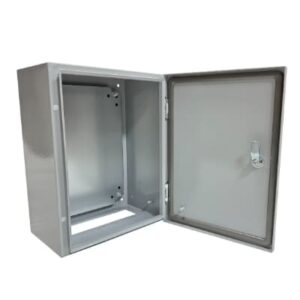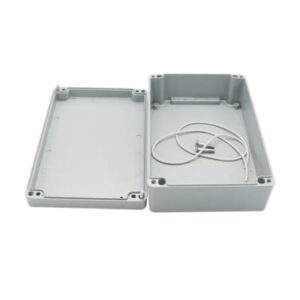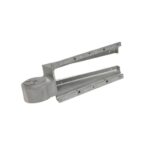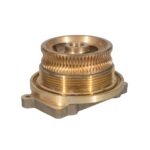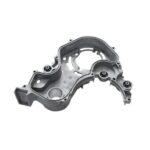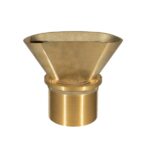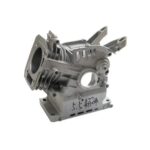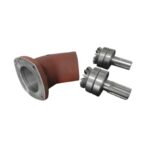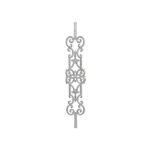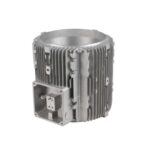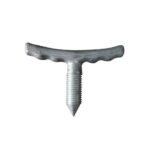When comparing metal casting methods, two prominent processes stand out: investment casting and sand casting. Both techniques offer distinct advantages and applications.
In this article, we will explore the specifics of investment casting and sand casting, examining their processes, benefits, and limitations.
Introduction to Metal Casting Techniques
Metal casting involves pouring molten metal into a mold to create a desired shape or design.
There are various casting methods available, but investment casting and sand casting rank among the most popular in the industry.

Investment Casting Explained
Investment casting, also known as lost-wax casting, is a precise and versatile method used to produce intricate metal parts.
The process begins with the creation of a wax pattern, which is coated with a ceramic shell. Once the ceramic shell hardens, the wax is melted away, leaving a hollow mold.
Molten metal is then poured into the mold, forming the final part once the metal solidifies.
Here is a table summarizing the key points related to the advantages and drawbacks of investment casting:
| Aspect | Details |
|---|---|
| Advantages | Precision and detail in intricate designs and features |
| Smooth surface finish reduces need for additional processes | |
| Supports various metals, including steel, aluminum, titanium | |
| Drawbacks | Higher cost due to complex process and material requirements |
| Size constraints; may not be suitable for larger components |
Sand Casting Explained
Sand casting is a traditional and widely used method of casting metal parts. In this process, a pattern is placed in a sand mold to create an impression.
Molten metal is then poured into the mold and allowed to cool and solidify. Once the metal solidifies, the sand mold is broken to retrieve the casted part.
Here is a table summarizing the key points related to the advantages and drawbacks of sand casting:
| Aspect | Details |
|---|---|
| Advantages | Cost-efficient, especially for large-scale production |
| Can accommodate a wide range of sizes, from small components to large structures | |
| Flexible in working with various metals and alloys | |
| Drawbacks | May produce rough surfaces, requiring additional finishing processes |
| Offers lower tolerances and precision compared to investment casting |
Key Distinctions Between Investment Casting and Sand Casting
Understanding the key differences between these methods can help you choose the best approach for your specific needs.
- Design Complexity: Investment casting excels in producing complex and intricate designs, whereas sand casting may face challenges with finer details.
- Surface Finish: Investment casting provides smoother surfaces, reducing the need for post-casting finishing, while sand casting often results in rougher finishes.
- Size Capability: Sand casting can handle a wider range of sizes, including large components, while investment casting is better suited for smaller to medium-sized parts.
- Cost: Sand casting is generally more cost-effective, particularly for large-scale production, while investment casting may incur higher costs due to its materials and processes.
- Production Speed: Sand casting tends to offer quicker production times compared to investment casting, which involves more intricate steps.
The investment casting process offers several advantages over other casting methods, particularly in terms of achieving superior surface finishes.
Yongzhu Metal, a Chinese company with over 20 years of experience in producing ISO-certified investment castings, operates state-of-the-art factories to deliver high-quality products. Additionally, we offer sand casting services if required.
We ensure that your castings meet your expectations for quality and accuracy by employing magnetic particle inspection, precision machining, and coordinate measuring machine (CMM) technology.
If you have a request for quote (RFQ) for cast parts, please reach out to us today.



